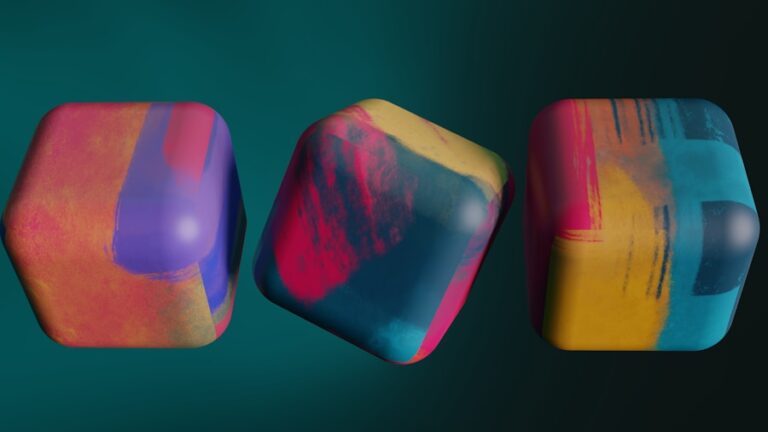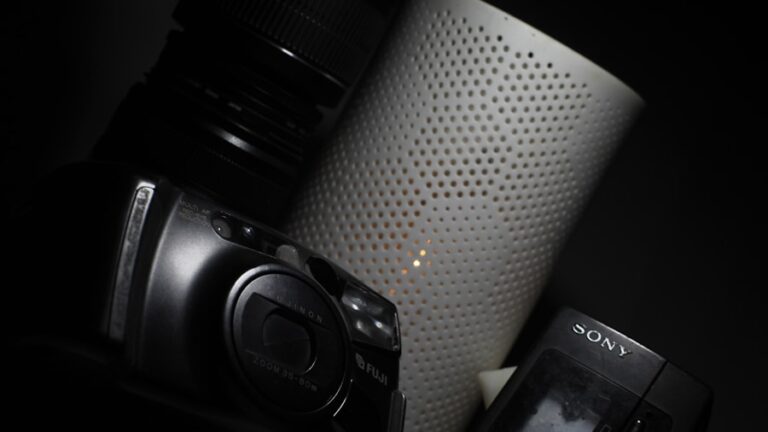Exploring the Boundless Creativity of Digital Art: What It Is and How It’s Changing the Art World
Digital art has experienced a meteoric rise in popularity in recent years, with artists around the world embracing the endless possibilities offered by digital tools and techniques. This new frontier in creativity has opened up a world of opportunities for artists to explore and experiment with new mediums, styles, and forms of expression. The rise of digital art can be attributed to the rapid advancements in technology, which have made it easier than ever for artists to create and share their work with a global audience. From digital painting and illustration to 3D modeling and virtual reality, digital art has become a diverse and dynamic field that continues to push the boundaries of traditional artistic practices.
The accessibility of digital art has also played a significant role in its rise to prominence. With the proliferation of affordable digital art tools and software, artists of all skill levels are able to create stunning works of art without the need for expensive materials or specialized training. This democratization of the artistic process has empowered a new generation of creators to explore their creativity and share their unique perspectives with the world. As a result, digital art has become an increasingly influential force in the contemporary art world, challenging traditional notions of what constitutes art and pushing the boundaries of creative expression.
The Tools and Techniques of Digital Art: From Photoshop to 3D Modeling
The tools and techniques of digital art are as diverse as the artists who use them, encompassing a wide range of software, hardware, and creative processes. One of the most popular and versatile tools for digital artists is Adobe Photoshop, which has become the industry standard for digital image editing and manipulation. With its powerful features and intuitive interface, Photoshop allows artists to create stunning digital paintings, illustrations, and photo manipulations with ease. In addition to Photoshop, there are a multitude of other digital art software options available, each offering its own unique set of features and capabilities.
Another key aspect of digital art is 3D modeling, which has revolutionized the way artists create and visualize three-dimensional objects and environments. 3D modeling software such as Blender, Maya, and ZBrush enable artists to sculpt, texture, and animate complex 3D models with incredible precision and detail. This has opened up new possibilities for artists to create immersive virtual worlds, characters, and visual effects that were previously only possible through traditional sculpting and animation techniques. The combination of these tools and techniques has given rise to a new era of digital art that is defined by its versatility, accessibility, and boundless creative potential.
Digital Art in the Modern World: How Technology is Shaping the Artistic Landscape
In the modern world, technology has become an integral part of the artistic landscape, shaping the way artists create, share, and experience art. The rise of digital art has been closely intertwined with the advancements in technology, which have enabled artists to explore new mediums, styles, and forms of expression that were previously unimaginable. From digital painting and illustration to virtual reality and interactive installations, technology has expanded the possibilities for artistic creation and engagement in ways that were once thought to be science fiction.
One of the most significant ways in which technology is shaping the artistic landscape is through the democratization of the creative process. With the advent of affordable digital art tools and software, artists of all backgrounds and skill levels are able to create and share their work with a global audience. This has led to a more diverse and inclusive artistic community, where artists from all walks of life are able to express themselves and connect with others through their creative endeavors. Additionally, technology has also transformed the way art is experienced and consumed, with digital platforms and virtual galleries providing new avenues for artists to showcase their work and engage with audiences from around the world.
The Impact of Digital Art on Traditional Art Forms: Blurring the Lines
The impact of digital art on traditional art forms has been profound, blurring the lines between traditional and digital mediums in ways that have redefined the artistic landscape. Digital art has challenged traditional notions of what constitutes art, pushing the boundaries of creative expression and opening up new possibilities for artists to explore and experiment with new forms of visual storytelling. This has led to a renaissance in traditional art forms such as painting, sculpture, and printmaking, as artists incorporate digital tools and techniques into their practice to create innovative works that bridge the gap between the physical and virtual worlds.
One of the most significant impacts of digital art on traditional art forms is the way in which it has expanded the possibilities for artistic collaboration and interdisciplinary experimentation. Through the use of digital tools such as 3D modeling, animation, and virtual reality, artists are able to collaborate across disciplines to create immersive experiences that transcend traditional artistic boundaries. This has led to a renaissance in traditional art forms such as painting, sculpture, and printmaking, as artists incorporate digital tools and techniques into their practice to create innovative works that bridge the gap between the physical and virtual worlds.
The Accessibility of Digital Art: Empowering a New Generation of Artists
The accessibility of digital art has empowered a new generation of artists to explore their creativity and share their unique perspectives with the world. With the proliferation of affordable digital art tools and software, artists of all skill levels are able to create stunning works of art without the need for expensive materials or specialized training. This democratization of the artistic process has opened up new opportunities for artists from diverse backgrounds to express themselves and connect with audiences from around the world.
One of the most significant ways in which digital art has empowered a new generation of artists is through its ability to transcend geographical boundaries and cultural barriers. Through digital platforms such as social media, online galleries, and virtual reality experiences, artists are able to showcase their work to a global audience and connect with other creators from around the world. This has led to a more diverse and inclusive artistic community, where artists from all walks of life are able to express themselves and connect with others through their creative endeavors.
The Evolution of Digital Art: From Pixelated Beginnings to Virtual Reality
The evolution of digital art can be traced back to its humble beginnings in the early days of computer graphics, where artists began experimenting with pixelated images and simple drawing programs. As technology advanced, so too did the capabilities of digital art, leading to the development of sophisticated software tools and techniques that have revolutionized the way artists create and experience art. From pixelated beginnings to virtual reality experiences, digital art has undergone a remarkable evolution that continues to push the boundaries of creative expression.
One of the most significant milestones in the evolution of digital art is the development of 3D modeling software, which has revolutionized the way artists create and visualize three-dimensional objects and environments. With its powerful features and intuitive interface, 3D modeling software enables artists to sculpt, texture, and animate complex 3D models with incredible precision and detail. This has opened up new possibilities for artists to create immersive virtual worlds, characters, and visual effects that were previously only possible through traditional sculpting and animation techniques.
The Future of Digital Art: Exploring the Possibilities of Augmented Reality and Artificial Intelligence
The future of digital art holds endless possibilities for exploration and innovation, with emerging technologies such as augmented reality (AR) and artificial intelligence (AI) poised to revolutionize the way artists create and experience art. Augmented reality technology enables artists to overlay digital artwork onto real-world environments, creating immersive experiences that blur the lines between physical and virtual reality. This has opened up new possibilities for artistic expression, allowing artists to create interactive installations that engage audiences in new and exciting ways.
Artificial intelligence is also playing an increasingly important role in the future of digital art, with AI-powered tools enabling artists to automate repetitive tasks, generate complex visual effects, and even create original works of art. This has led to a renaissance in traditional art forms such as painting, sculpture, and printmaking, as artists incorporate digital tools and techniques into their practice to create innovative works that bridge the gap between the physical and virtual worlds. As technology continues to advance at an unprecedented pace, the future of digital art holds endless possibilities for exploration and innovation that will continue to shape the artistic landscape for years to come.





